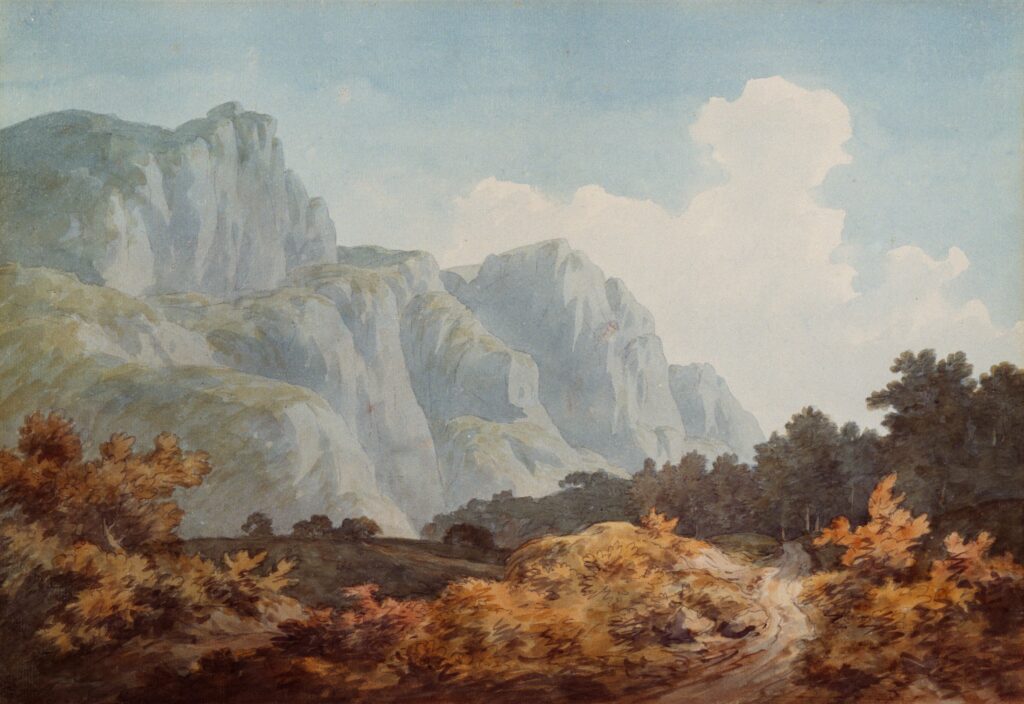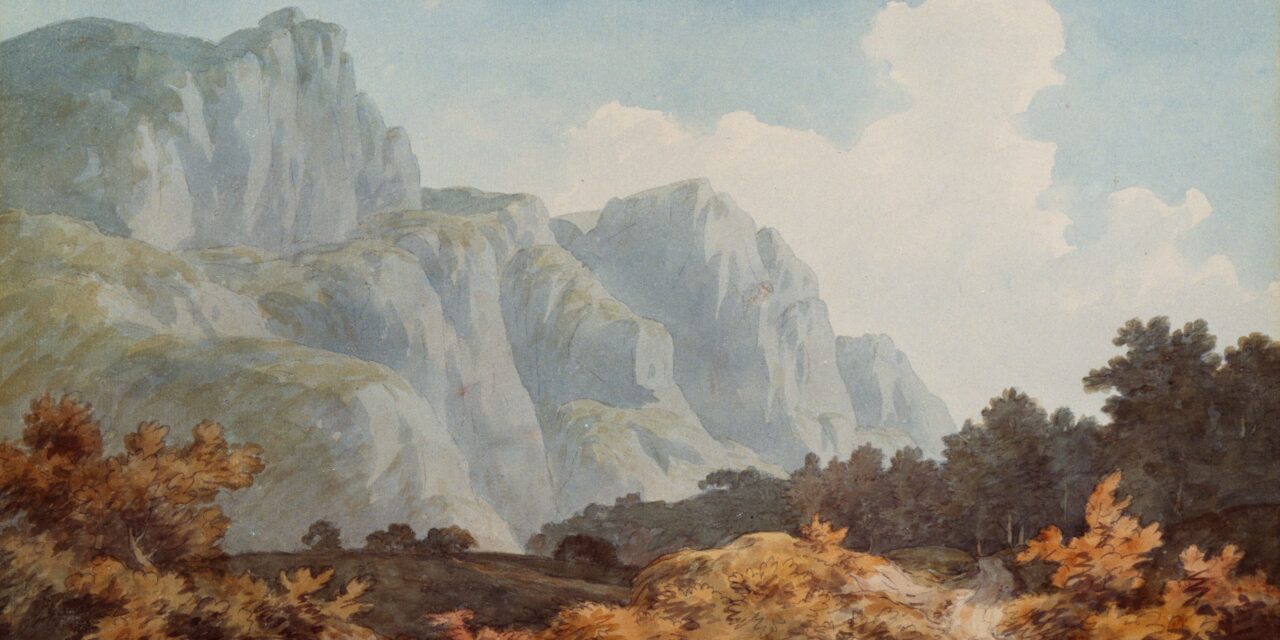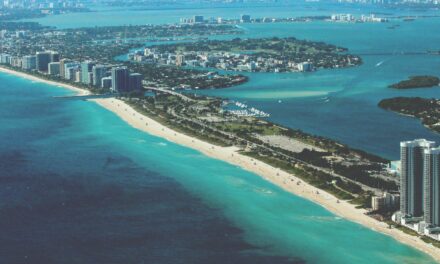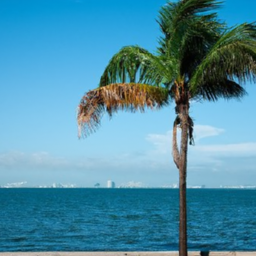In this article, you will learn all about the Art Deco Historic District. We will explore its history, architecture, and significance. You’ll discover how this district became an iconic symbol of Miami Beach and why it attracts millions of visitors each year. By the end, you’ll have a deeper appreciation for this unique and vibrant neighborhood. The Art Deco Historic District is a unique and culturally significant area located in Miami Beach, Florida. It is a designated neighborhood that showcases a remarkable collection of Art Deco architecture, which dates back to the 1920s and 1930s. Spanning over 800 acres, the district encompasses hundreds of buildings that embody the distinctive style and elegance of the Art Deco movement.
The Beginnings of Art Deco
The Art Deco movement emerged in the early 20th century as a response to the ornate and elaborate design styles of the preceding Art Nouveau period. It originated in Europe, particularly in France, and quickly spread to the United States. The term “Art Deco” refers to the Exposition Internationale des Arts Décoratifs et Industriels Modernes, an influential exhibition held in Paris in 1925, which showcased the new and modern design trends of the time.
Influence of World War I on Art Deco
The aftermath of World War I had a profound impact on the development of Art Deco. The destruction caused by the war led to a desire for new beginnings and a fresh aesthetic. Art Deco reflected this sentiment with its streamlined and geometric designs, which symbolized progress and modernity. The movement embraced the machine age and incorporated elements of industrial design, such as sleek lines and chrome accents.
Popularity of Art Deco in the 1920s
The 1920s marked a period of economic prosperity and cultural transformation, known as the Roaring Twenties. Art Deco became immensely popular during this time, as its bold and glamorous style resonated with the spirit of the era. The movement was embraced by architects, interior designers, and artists, who incorporated its distinctive features into various aspects of daily life, from architecture to furniture, fashion, and decorative arts.
The Emergence of the Art Deco Historic District
Formation of the Art Deco Historic District
The Art Deco Historic District was officially formed in 1979, when the Miami Design Preservation League successfully campaigned to preserve and protect the unique architectural heritage of the area. The League recognized the significance of the Art Deco buildings in Miami Beach and sought to create a designated district that would ensure their long-term preservation.
Geographical Scope of the District
The Art Deco Historic District stretches along the famous Ocean Drive, Collins Avenue, and Washington Avenue in Miami Beach. It covers approximately one square mile and includes more than 800 buildings, making it the largest collection of Art Deco architecture in the world. The district is characterized by its pastel-colored facades, elegant curves, and iconic neon signage.
Significance of the District in Preserving Art Deco Architecture
The Art Deco Historic District plays a crucial role in preserving the architectural legacy of the Art Deco movement. The district serves as a living testament to the glamour and sophistication of the 1920s and 1930s, allowing visitors to experience the unique charm of the era. By protecting and maintaining the Art Deco buildings, the district ensures that future generations can appreciate and learn from this important chapter in architectural history.
Architectural Features of the Art Deco Historic District
Distinctive Elements of Art Deco Architecture
Art Deco architecture is characterized by its sleek and streamlined forms, geometric shapes, and decorative motifs. The buildings in the Art Deco Historic District often feature flat roofs, smooth stucco facades, and symmetrical compositions. They are adorned with intricate bas-reliefs, ceramic tile patterns, and decorative friezes that showcase the attention to detail and craftsmanship of the era.
Influence of Zigzag and Geometric Designs
One of the most recognizable features of Art Deco architecture is the use of zigzag and geometric patterns. These bold and dynamic designs create a sense of movement and energy, adding a touch of modernity to the buildings. Zigzag motifs can be seen in the decorative details of the facades, while geometric elements, such as chevrons and sunbursts, are often incorporated into windows, balconies, and entranceways.
Role of Ornamentation in Art Deco Buildings
Art Deco architecture is known for its lavish ornamentation, which brings a sense of glamour and opulence to the buildings. The facades are adorned with decorative motifs, such as stylized flowers, sunbursts, and Egyptian-inspired symbols. The use of decorative materials, such as colorful terrazzo floors, mosaic tiles, and wrought-iron details, further enhances the visual appeal of the buildings.

Landmarks and Buildings in the Art Deco Historic District
Iconic Structures in the District
The Art Deco Historic District is home to several iconic structures that have become synonymous with Miami Beach. The Colony Hotel, with its vibrant pink exterior, is a prime example of the Art Deco style. Other notable buildings include the Breakwater Hotel, the Carlyle Hotel, and the Cardozo Hotel, all of which exude the elegance and charm of the era.
Famous Hotels and Resorts
Miami Beach became a popular destination for tourists during the 1920s and 1930s, and many hotels and resorts were built in the Art Deco style to accommodate the influx of visitors. The Fontainebleau Hotel, the Delano Hotel, and the Raleigh Hotel are just a few of the famous establishments that still retain their Art Deco splendor to this day.
Noteworthy Public Buildings
In addition to hotels and resorts, the Art Deco Historic District is home to several noteworthy public buildings. The Jackie Gleason Theater, formerly known as the Miami Beach Auditorium, is a prime example of the Art Deco style in public architecture. The post office and the City National Bank Building are other notable examples of the era’s architectural achievements.
Preservation Efforts and Conservation in the Art Deco Historic District
Role of Preservation Organizations
Preserving the Art Deco buildings in the district requires the collective efforts of various preservation organizations. The Miami Design Preservation League, the leading advocacy group for historic preservation in Miami Beach, plays a crucial role in raising awareness about the importance of preserving the architectural heritage of the Art Deco Historic District. The League conducts educational programs, organizes events, and advocates for the protection of historic buildings.
Challenges and Successes in Conservation
Conserving the Art Deco buildings in the district presents several challenges. The salt air and harsh climate of Miami Beach can cause deterioration of the structures over time. Additionally, urban development and gentrification pose threats to the preservation of the historic character of the district. Despite these challenges, preservation efforts have been largely successful, with many buildings undergoing restoration and adaptive reuse to ensure their long-term survival.
Adaptive Reuse of Art Deco Buildings
Adaptive reuse is a key aspect of preservation efforts in the Art Deco Historic District. Many buildings that were once hotels or apartment complexes have been converted into restaurants, boutiques, and galleries, breathing new life into these historic structures. This approach not only preserves the character and charm of the Art Deco buildings but also contributes to the economic vitality of the district.

Art Deco Style Beyond the Historic District
Art Deco Influence in Other Cities
While the Art Deco Historic District in Miami Beach is renowned for its extensive collection of Art Deco architecture, the influence of the movement extends far beyond this specific area. Art Deco buildings can be found in cities around the world, including New York City, Chicago, Los Angeles, and Havana, Cuba. These buildings serve as a testament to the global impact and enduring popularity of the Art Deco style.
Global Presence of Art Deco Architecture
Beyond the United States, Art Deco architecture can be seen in various countries, particularly in Europe and South America. The iconic Chrysler Building in New York City, the Palais de Chaillot in Paris, and the Teatro Colón in Buenos Aires are just a few examples of the global presence of Art Deco architecture. These structures showcase the versatility and adaptability of the Art Deco style in different cultural contexts.
Contemporary Revival of Art Deco Style
While the heyday of the Art Deco movement was in the 1920s and 1930s, its influence continues to be felt in contemporary design. The Art Deco style has experienced a revival in recent years, with architects, designers, and artists drawing inspiration from its sleek lines, geometric shapes, and luxurious aesthetic. Modern interpretations of the Art Deco style can be seen in furniture design, fashion, and graphic design.
Cultural Significance of the Art Deco Historic District
Reflection of Roaring Twenties Culture
The Art Deco Historic District is not only a physical time capsule of the Art Deco movement but also a reflection of the cultural and social history of the Roaring Twenties. The district embodies the spirit of the era, with its glamour, excess, and celebration of modernity. Walking through the district, you can almost imagine the jazz playing, the flappers dancing, and the excitement in the air during the heyday of the 1920s.
Symbol of Miami Beach’s Glamour
The Art Deco Historic District has become an iconic symbol of Miami Beach’s glamour and allure. The district’s unique architectural style has become synonymous with the city’s identity and is often featured in promotional materials and representations of the area. It is a draw for tourists and locals alike, who are charmed by the district’s timeless beauty and sense of history.
Artistic and Architectural Legacy
The Art Deco movement made a lasting impact not only on architecture but also on various art forms, including interior design, fashion, and visual arts. Its emphasis on bold forms, geometric patterns, and decorative motifs continues to inspire artists and designers today. The Art Deco Historic District stands as a testament to the artistic and architectural legacy of the movement, showcasing the enduring beauty and relevance of the Art Deco style.

Visiting the Art Deco Historic District
Exploring Ocean Drive and Collins Avenue
To truly experience the Art Deco Historic District, a visit to Ocean Drive and Collins Avenue is a must. These iconic streets are lined with Art Deco buildings, offering a glimpse into the golden era of Miami Beach. Take a leisurely stroll along the palm tree-lined sidewalks, admire the colorful facades, and soak in the vibrant atmosphere that makes this district truly unique.
Guided Tours and Educational Programs
For a deeper understanding of the history and significance of the Art Deco Historic District, consider joining a guided tour or participating in an educational program. The Miami Design Preservation League offers walking tours led by knowledgeable guides who can provide insights into the architecture, history, and preservation efforts of the district. These tours offer a behind-the-scenes look at the iconic buildings and the stories behind them.
Experiencing Art Deco Nightlife
As the sun sets, the Art Deco Historic District comes alive with a lively nightlife scene. The district is home to numerous bars, clubs, and restaurants that embrace the vintage charm of the era. Visit a speakeasy-style bar or enjoy live jazz music in one of the many venues that pay homage to the Art Deco era. Immerse yourself in the glamour and excitement of the Roaring Twenties as you enjoy a night out in the historic district.
Art Deco Historic District in Popular Culture
Film and Television References
The Art Deco Historic District has made appearances in numerous films and television shows, serving as a backdrop for stories set in the 1920s and 1930s. Movies such as “Scarface” and “The Birdcage” have featured the district, showcasing its unique architecture and capturing the essence of the era. The district’s timeless beauty and nostalgic charm continue to attract filmmakers and audiences alike.
Artistic Representation in Books and Music
The Art Deco Historic District has also been immortalized in literature and music. Several books have been written about the district, delving into its history, architecture, and preservation efforts. Additionally, the district has served as inspiration for musicians, who have referenced its iconic buildings and vibrant atmosphere in their songs. These artistic representations further contribute to the enduring legacy of the Art Deco Historic District.
Influence on Fashion and Design
The Art Deco style has long been a source of inspiration for the world of fashion and design. The sleek lines, geometric patterns, and luxurious details of Art Deco architecture have been translated into clothing, accessories, and home decor. From jewelry designs to high-end fashion collections, the influence of the Art Deco style can be seen in various aspects of contemporary design, further cementing its status as a timeless and iconic aesthetic.

Conclusion
The Art Deco Historic District in Miami Beach is more than just a collection of buildings. It is a living testament to the stylish elegance and glamour of the Art Deco movement. As you walk along the streets of the district, you are transported back in time to an era of prosperity, innovation, and cultural transformation. Whether you are an architecture enthusiast, a history buff, or simply someone who appreciates beauty, a visit to the Art Deco Historic District is a must. Experience the magic of the 1920s and 1930s, soak in the vibrant atmosphere, and marvel at the architectural wonders that have preserved the spirit of the Art Deco movement for future generations to enjoy.





